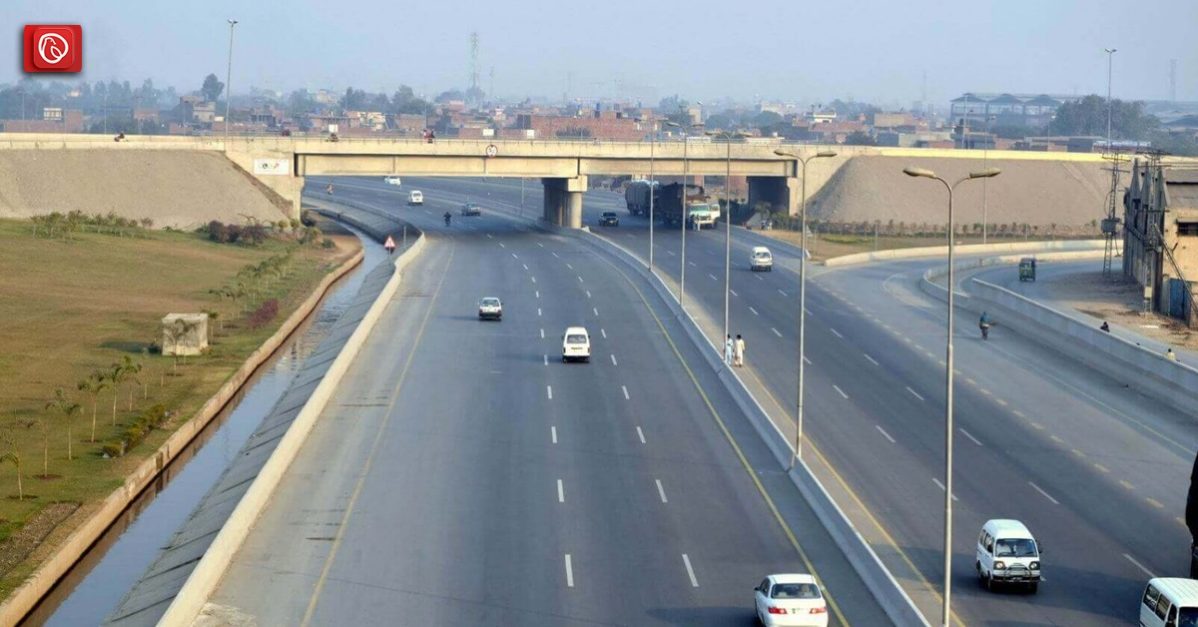The Faisalabad Multan motorway is a significant infrastructure project in Pakistan, aimed at improving transportation connectivity and facilitating economic growth.
Graana.com provides a detailed overview of Faisalabad Multan motorway below, highlighting its key features, benefits, and impact on the region.
Background and Construction
Also known as the M-4, it is a 243-kilometre long six-lane motorway, connecting the cities of Faisalabad and Multan in Punjab. The construction of this project commenced in 2009 and was completed in 2019, showcasing remarkable engineering. This is another beneficial addition to the motorways in Pakistan.
Key Features
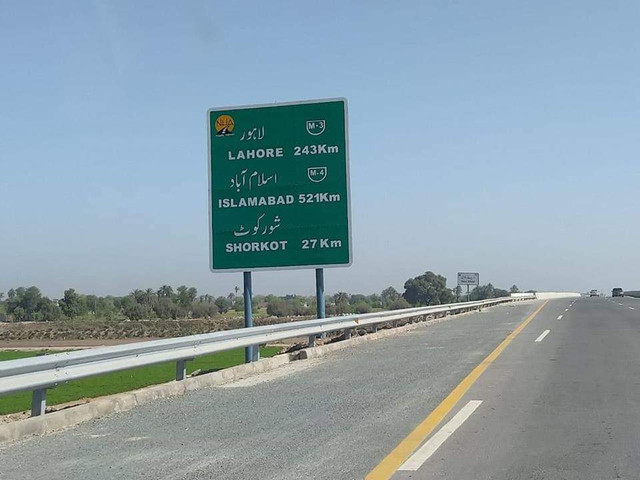
Following are some of the key features of the motorway:
- Road Design and Quality
- Toll Plazas and Service Areas
- Intelligent Transportation Systems (ITS)
Road Design and Quality
The Faisalabad Multan motorway boasts a high-quality design, featuring six lanes and state-of-the-art infrastructure. The road surface is smooth and well-maintained, ensuring a comfortable and safe journey for travellers.
Toll Plazas and Service Areas
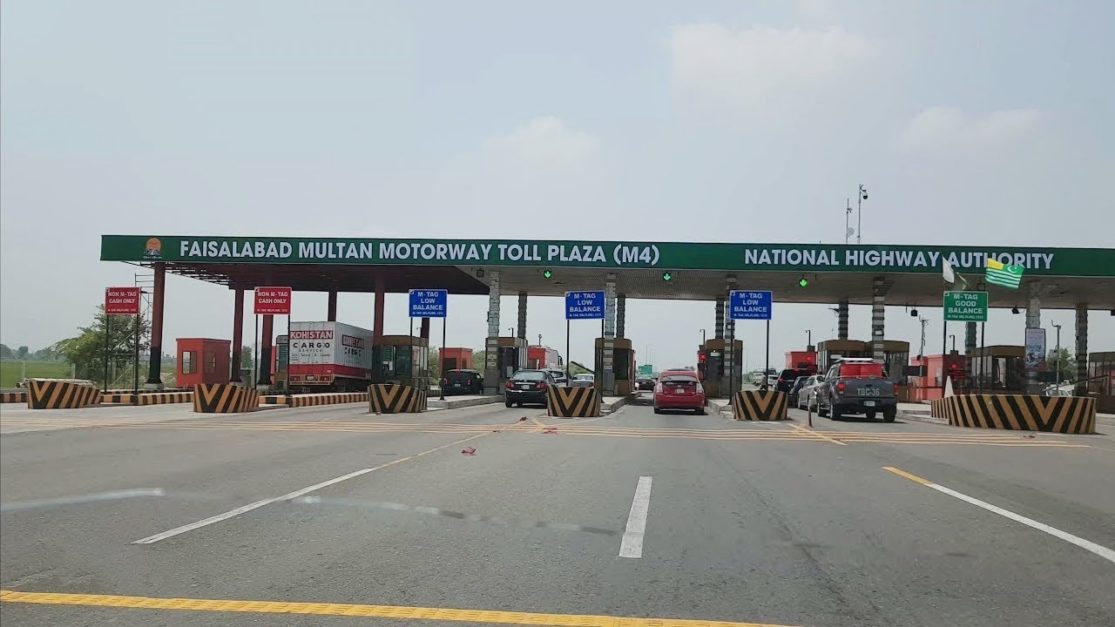
It includes strategically placed toll plazas that facilitate efficient toll collection and provide essential services to motorists, such as fuel stations, rest areas, restaurants, and restroom facilities. These service areas contribute to a pleasant and convenient travel experience.
Intelligent Transportation Systems (ITS)
The motorway incorporates advanced ITS technologies, including electronic variable message signs, CCTV cameras, and automated incident detection systems. These enhance safety, monitor traffic flow, and provide real-time information to drivers, minimising travel disruptions.
Benefits and Impact
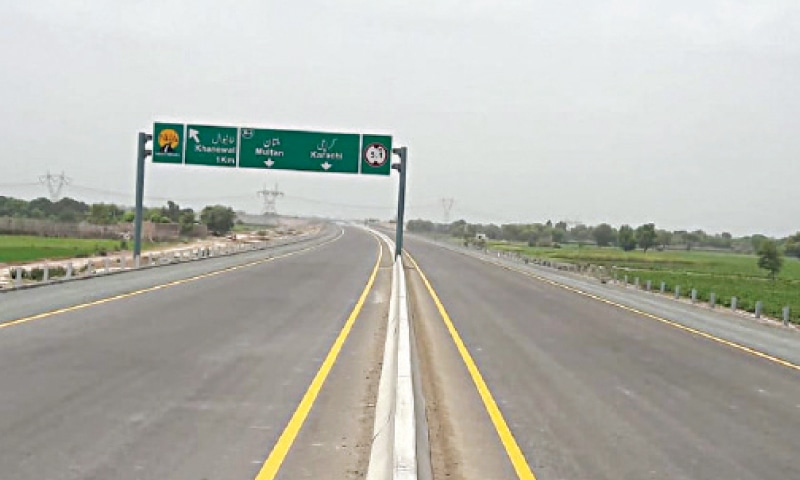
Following are some of the advantages of M4 motorway:
- Enhanced Connectivity
- Improved Infrastructure
- Economic Growth
- Reduced Congestion
- Safety and Reliability
Enhanced Connectivity
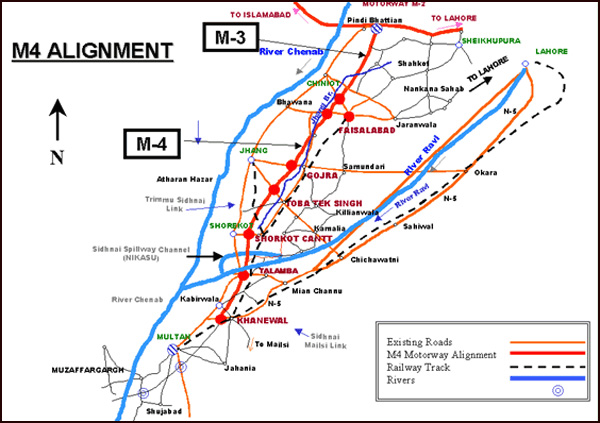
The completion of the Faisalabad Multan motorway has had a transformative impact on connectivity between the two cities. Prior to the motorway’s construction, the journey between these cities would often take around four hours, subject to traffic congestion and road conditions. However, with the introduction of the motorway, the travel time has been significantly reduced to just over an hour.
The improved connectivity has brought numerous advantages to individuals and businesses. Commuters can now travel more comfortably between the two cities, saving valuable time and reducing the stress associated with long journeys. This has enhanced productivity and work-life balance for individuals who frequently travel for job purposes or personal reasons.
Improved Infrastructure
The motorway sets a benchmark for modern infrastructure in Pakistan. It features six lanes, three in each direction, providing ample capacity to accommodate a large volume of traffic. The additional lanes have significantly reduced congestion and improved traffic flow, ensuring smoother and faster travel for motorists.
To cater to the needs of travellers, the motorway includes multiple interchanges strategically placed along the route. These allow easy access to nearby towns, cities, and industrial areas, promoting regional connectivity and development. Additionally, well-planned service areas and rest stops are available at regular intervals, providing essential facilities such as fuel stations, restaurants, restrooms, and prayer areas.
Economic Growth

The Faisalabad Multan motorway has had a profound impact on the regional and national economy. The enhanced connectivity and reduced travel time have significantly facilitated the movement of goods and services between Faisalabad and Multan. The motorway has emerged as a critical trade route, enabling businesses to transport their products quickly and efficiently to domestic and international markets.
The reduced transportation time has resulted in substantial cost savings for businesses. Previously, the longer travel duration translated into higher fuel consumption, increased vehicle maintenance expenses, and elevated logistical costs.
However, the motorway has mitigated these challenges by providing a faster and more cost-effective transportation option. Businesses now have the ability to respond swiftly to market demands, ensuring timely delivery of goods and maintaining a competitive edge.
The improved trade opportunities have also attracted investments and spurred industrial development in the region. Faisalabad has experienced a surge in exports. The motorway’s connectivity to the Port of Karachi has enabled textile mills in Faisalabad to export their textile products more conveniently, expanding their reach to international markets.
Multan, with its agricultural and manufacturing sectors, has also reaped the benefits of enhanced connectivity. Farmers in the region have been able to transport their agricultural produce more efficiently, reaching a broader consumer base and securing better prices for their goods. The motorway has encouraged the establishment of agribusinesses and food processing industries in Multan, promoting value addition and creating employment opportunities in the region.
Reduced Congestion
Prior to the construction of the motorway, the existing road network between Faisalabad and Multan experienced heavy congestion, causing delays and hampering transportation efficiency. The new motorway diverts traffic away from congested urban areas, reducing traffic congestion and improving overall road safety.
Safety and Reliability

The motorway prioritises safety through its well-designed road structure, standardised signage, and comprehensive ITS technologies. It significantly reduces the risk of accidents, ensuring a safer travel experience for commuters.
Environmental Considerations
The project incorporates environmental sustainability measures. These include proper waste management, landscaping, and the protection of ecological reserves during construction. Additionally, the reduced congestion and smoother traffic flow contribute to a decrease in vehicular emissions, promoting a cleaner environment.
Future Expansion and Connectivity
The Faisalabad-Multan Motorway forms part of Pakistan’s larger motorway network, linking various cities and regions. Future expansion plans may include the extension of the motorway to other cities, further enhancing connectivity and regional development.
Tourism and Travel
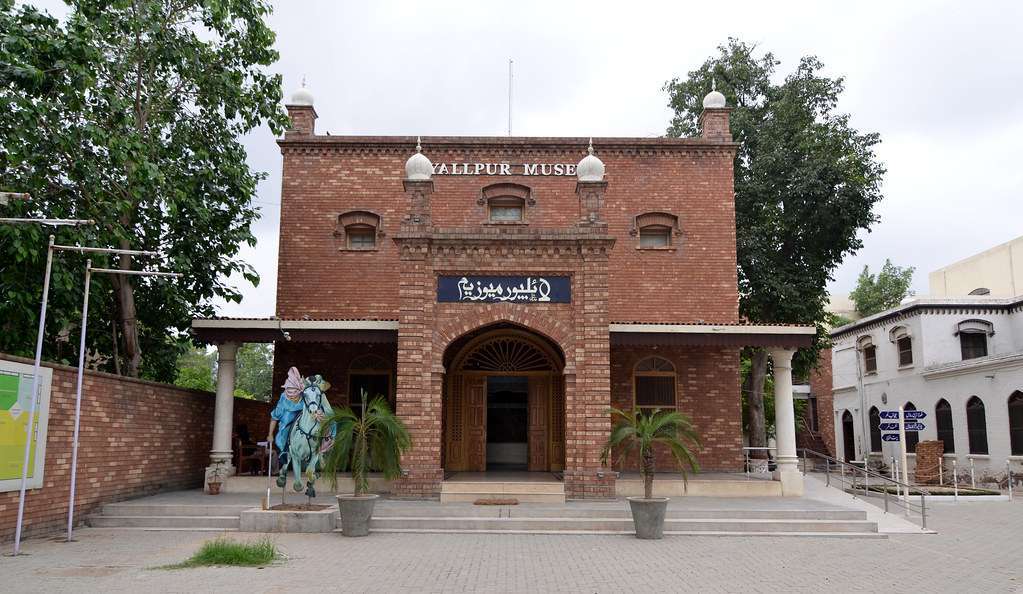
The improved connectivity and reduced travel time have made Faisalabad and Multan more accessible to domestic and international tourists, contributing to the growth of the tourism industry.
Faisalabad, with its rich textile heritage and cultural attractions, has become a popular destination for tourists interested in experiencing the vibrant local culture. The motorway has made it easier for tourists to visit the textile factories, observe the manufacturing process, and purchase quality products.
Popular Places Nearby
There are several popular tourist spots along the Faisalabad Multan motorway.
Chenab River
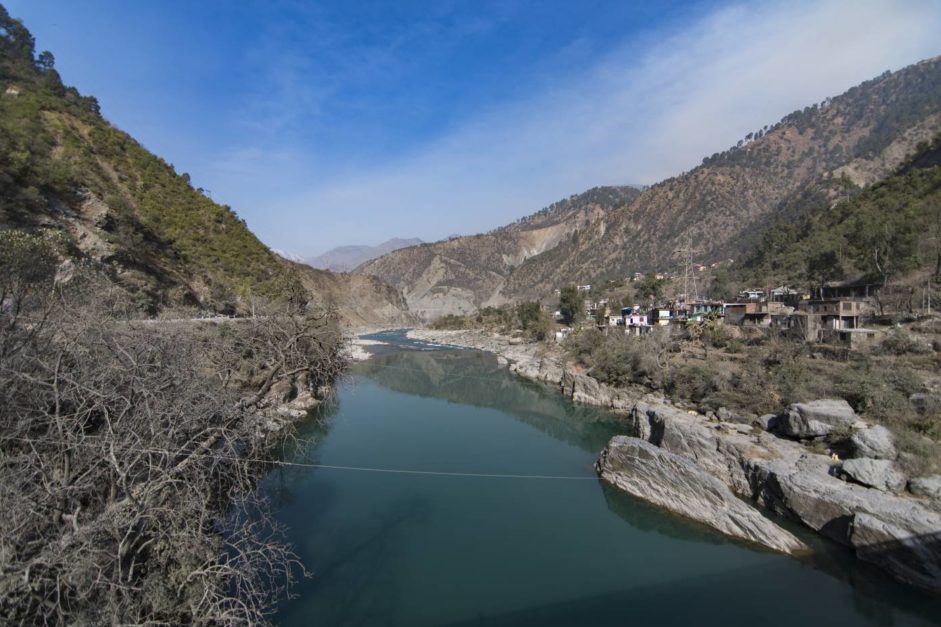
The motorway runs parallel to the majestic Chenab River, offering picturesque views of the flowing water and surrounding landscapes. Travellers can make pit stops at scenic spots along the motorway to enjoy the serene ambiance, take photographs, or even indulge in water activities like boating or fishing.
Sufi Shrines
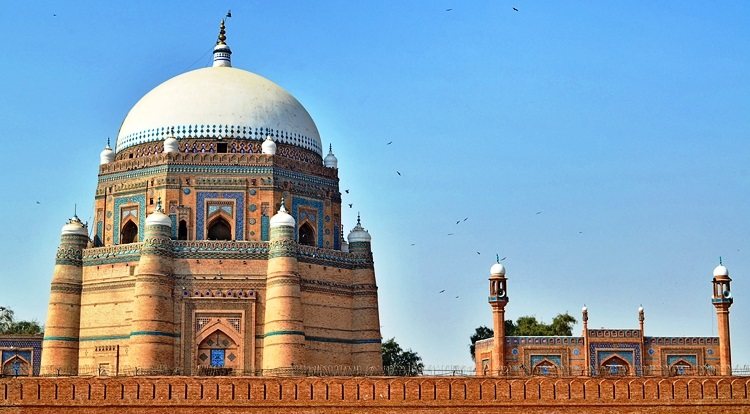
The region surrounding the motorway is dotted with Sufi shrines that hold religious and cultural significance. One such shrine is the famous Bahauddin Zakariya Shrine in Multan, where pilgrims and visitors from all over the country come to pay their respects and seek blessings at this sacred site.
Agricultural Landscapes

As the motorway traverses through Punjab’s fertile plains, travellers can witness vast stretches of agricultural land on either side. These picturesque landscapes, adorned with vibrant fields of crops such as wheat, cotton, and sugarcane, offer a glimpse into Pakistan’s agricultural heritage. The scenic beauty of these agricultural lands is particularly captivating during the harvest season when the fields are golden with ripe crops.
Fortresses and Historical Sites
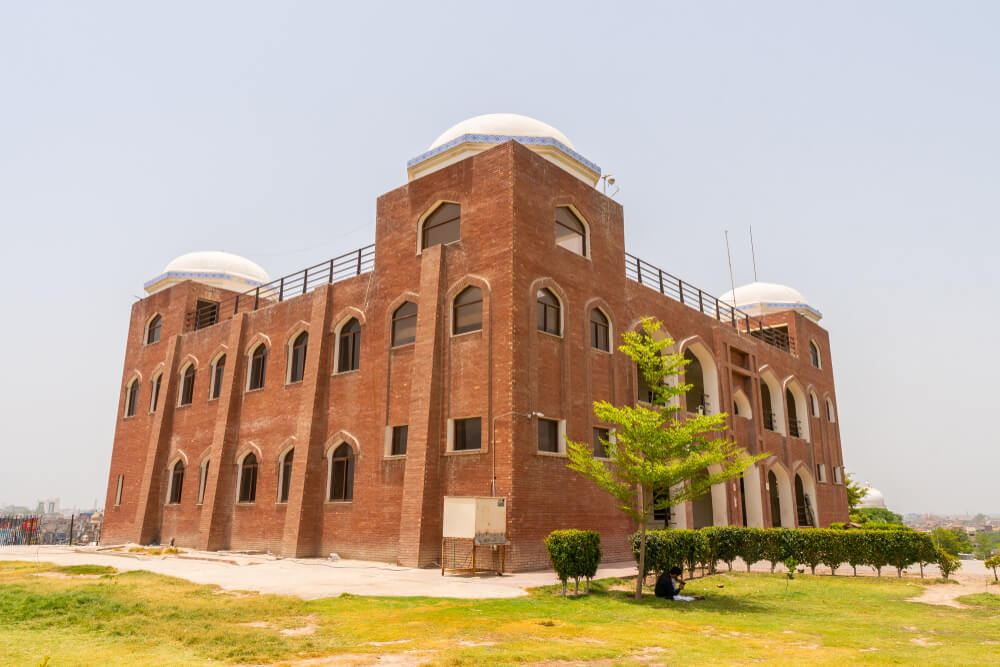
There are also several historical sites and fortresses that reflect the area’s ancient past. One notable example is the historic Multan Fort, which stands as a testament to the region’s cultural and architectural heritage. The fort showcases intricate craftsmanship and ancient relics, providing visitors with a glimpse into the history of Multan.
Traditional Bazaars
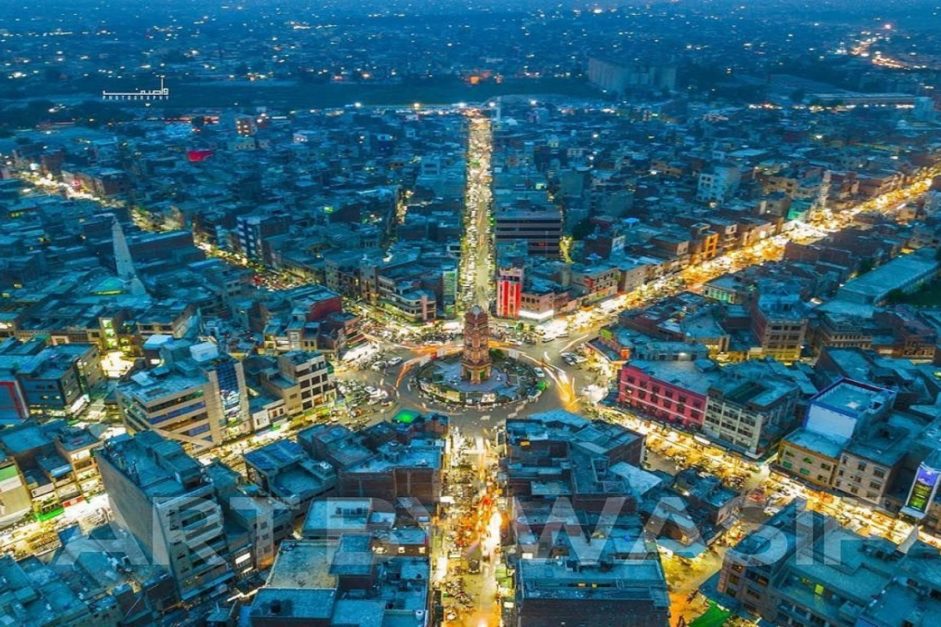
Travellers can also visit the traditional bazaars in Faisalabad and Multan. Ghanta Ghar Faisalabad Market and Multan’s Hussain Agahi Bazaar are famous for their handicrafts, textiles, and local delicacies.
The Faisalabad Multan motorway has not only improved connectivity and accessibility between the two cities, but has also enhanced travel options and access to nearby popular destinations. The motorway’s strategic location allows for convenient travel to other areas, promoting tourism and trade.
For more information, visit Graana.com.
